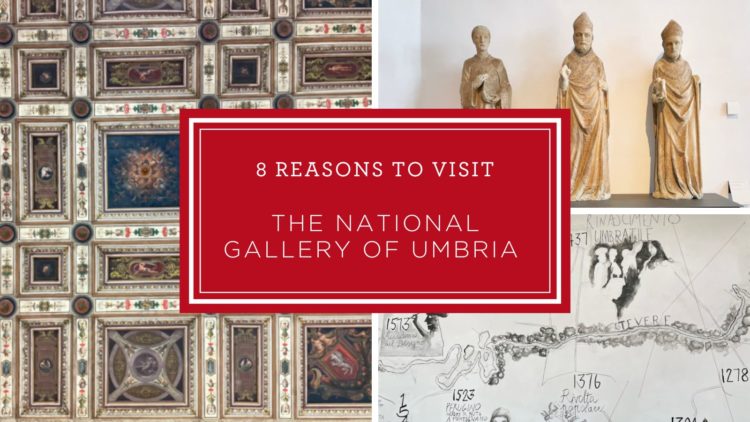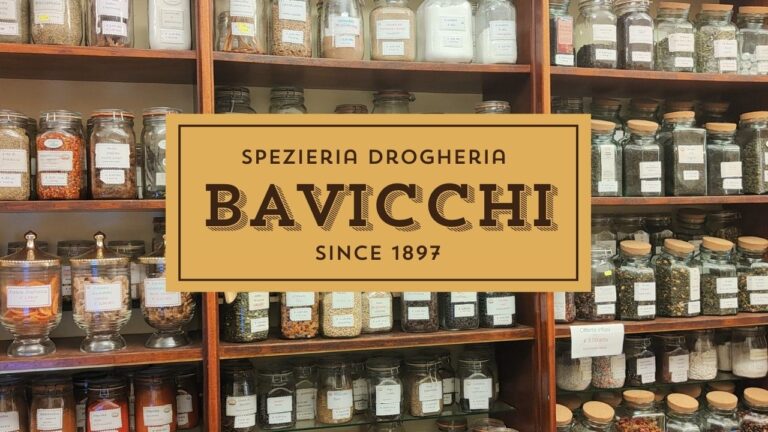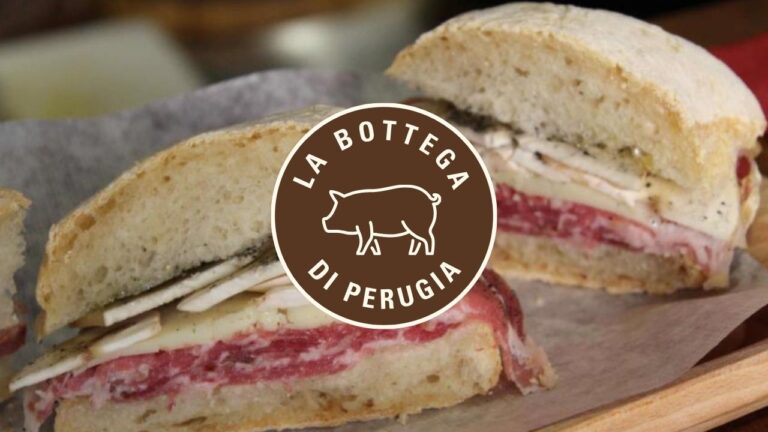Italian Truffles: All You Need To Know
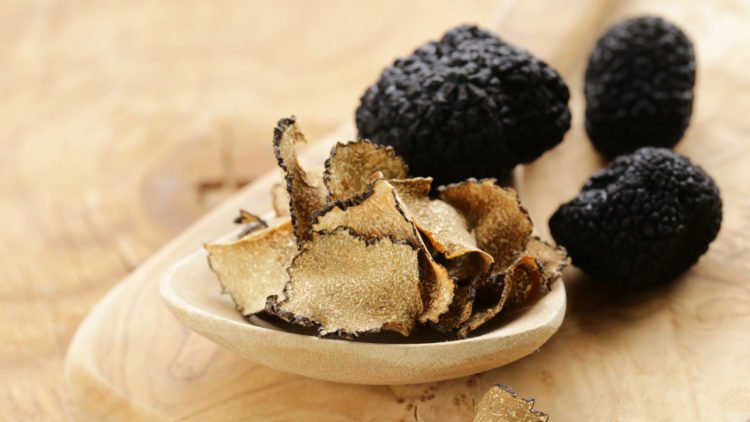
Italian truffles are the world’s most expensive gourmet food. In Umbria, Italy’s main truffle producing region, these precious culinary gems have flavored the economy for thirty centuries. Truffles are celebrated at festivals, venerated in museums and play a starring role in the local cuisine—even in some of the most rustic dishes.
But, before we “dig” deeper into the allure of the truffle, please take a look at the image below. Now ask yourself this question. Who was the first person to eat a truffle? Because let’s be honest. This hallmark of gastronomic sophistication, which can fetch up to $5,000 a pound, is not going to charm you with its looks alone.
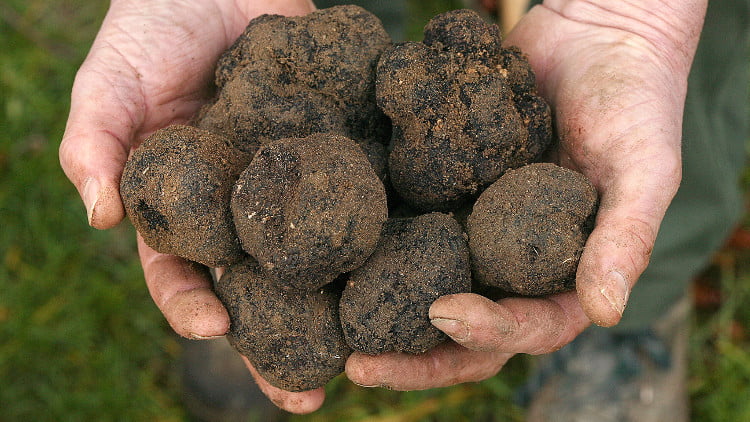
Image credit: iStockPhoto
To answer the question of who first ate one, the Etruscans wear that badge of courage. Thousands of years ago, they referred to truffles as “fragrant stones.” The truffle’s mysterious nature and its sublime taste have fascinated foodies ever since.
Part of the fascination is the miracle of how they grow—buried in total darkness with no leaves, roots or stems. They are distinct from other plant life that can only flourish in the sun. The forest is their lifeline because truffles can only develop through a symbiotic relationship with the roots of certain types of trees.
But what exactly is a truffle?
Many civilizations have pondered this question, creating fanciful theories to explain their existence. In ancient times the truffle was thought of as a divine creation endowed with mystical properties. Some even credited it with enhancing sexual performance.
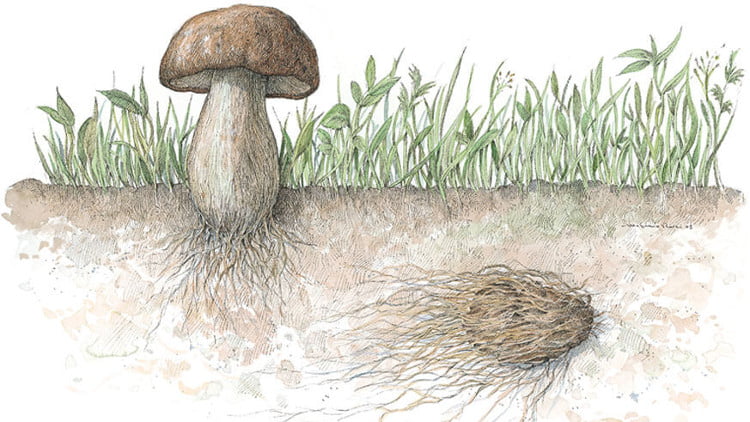
Image Credit: Centro nazionale studi tartufi
Il Centro Nazionale Studi del Tartufo offers a more modern explanation. Truffles are the fruiting bodies (the sporocarps) of fungi, in the genus Tuber, whose entire life cycle takes place in the earth. In other words, truffles are underground mushrooms. They develop as part of a web of thread-like fungi. And they are undetectable to the human sense of smell, which brings me to another interesting tidbit. This expensive gourmet food is brought to our tables by the work of animals, both wild and domesticated.
Unlike other mushrooms, whose spores are scattered in the wind, the spores of the truffle are locked inside its body. This is why truffles smell so good! Their scent attracts animals that dig them up and eat them. The spores are later distributed on the scats of these woodland creatures. Truffle hunters must scour the forests using highly trained dogs to sniff them out to find these buried treasures. In the olden days, female pigs were used, but that tradition had one notable drawback. Pigs love to eat truffles just as much as humans!
Where do truffles grow in Italy?
Highly prized truffles grow abundantly in the Italian countryside, especially in the region of Umbria but also in Piedmont, Tuscany, and Le Marche. Even though you’ll often hear regional references to truffles, for example, the white truffle of Alba, each type of truffle has a season. So, when it’s white truffle season, you’ll find those truffles not only in Alba but in many parts of Umbria.
The outer skin of the truffle, its interior flesh, its size and sensory characteristics are used to classify different species of truffles, only some of which are prized as a gourmet delicacy. In Italy, you’ll find the following types of truffles.
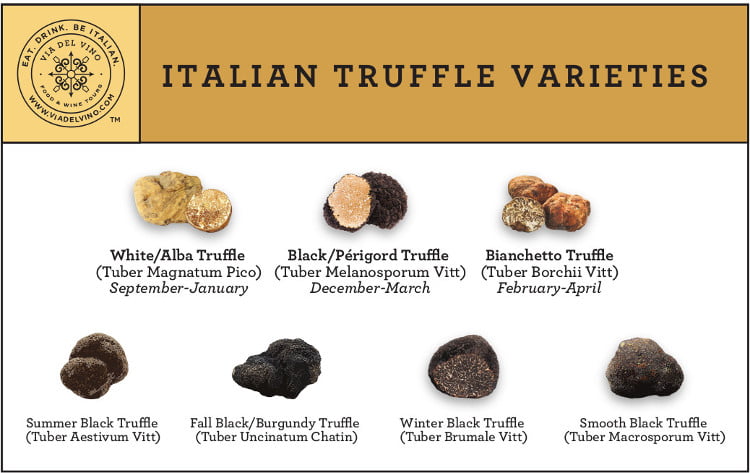
Image credit: Via Del Vino Tours
Hunting for truffles in Italy
Truffle hunting in Italy is a centuries-old tradition. And there’s a certain romance to it—a hunter and their dog, in communion with nature, walking amidst the ancient forests. But it’s also a lot of work, and that’s another reason that truffles cost so much! In addition to a license, a truffle hunter’s greatest asset is probably patience. They train their dogs for years. They’re often up at dawn, no matter the weather. And this walk in the woods can also mean trudging through damp, thorny underbrush and slipping along muddy riverbanks. At the end of a day’s work, the hunter may end up with more bug bites than truffles to show for the effort.
But anyone who’s ever taken part in a truffle hunt will tell you that finding these tasty nuggets of culinary gold is an exhilarating experience—not unlike reeling in a really big fish. Hiding in the dirt, tangled between the tree roots, truffles can put up a bit of a fight before they are extracted. The hunter must delicately remove them without damaging the surrounding roots, soil and flora. In this way, truffle hunters perform a dual function: protecting the truffle’s environment while closely guarding their secret collection spots.
Why are truffles so expensive?
In his book The Natural World, Pliny the Elder observed that truffles are “among the things that are born but cannot be sown.” Unlike other agricultural products, you can’t just plant a seed and watch them grow. Efforts to farm truffles by impregnating sapling roots with the precious spores have had some success. But these orchards can take years to cultivate, and there is no guarantee that the truffles will take hold. Finally, despite decades of effort, the most prized truffle species, the Alba white (Tuber Magnatum Pico), has never been successfully cultivated. It can only be found in nature by truffle hunters and their dogs.
What do Italian truffles taste like?
Just like fine wine, describing the flavor of truffles causes some writers to get a bit carried away. Intoxicating. Seductive. Irresistible. Transcendental. These are just a few of the less tangible descriptors. In more concrete terms, the flavor of truffles is decidedly “umami.” This Japanese word is used to characterize the savory notes that come from glutamates. Mushrooms have umami flavor, but the taste of truffles takes it to a whole other level.
Imagine how your kitchen smells when you’ve got a roast in the oven for hours. Vegetarians can think of miso or mushroom soup. Now add to these rich, meaty, savory notes, a hint of earth and wet leaves. Prized black truffles may also have notes of chocolate and a nutty texture when used in sauces. White truffles pack more punch. They immediately overtake your nose with their powerful aroma, with hints of garlic, scallions, and even parmesan cheese.The amazing thing about truffles is that they smell and taste this way, straight out of the ground. No lengthy cooking method and no additional spices are needed to make their flavors shine. Many recipes only require a small amount of freshly shaved raw truffles to take a dish from simple to extraordinary in seconds.
And this is probably the number one reason why food writers wax poetic and chefs the world over get a bit starry-eyed when talking about Italian truffles. This ingredient, which you’ll find in the highest of haute cuisine, is so easy to use that it can make even the most inexperienced home cook feel like a celebrity chef in the kitchen.
Where to eat truffle in Perugia?
Join our Taste Perugia Food Tour to enjoy Umbria’s local food, wines and craft beer, including handmade pasta, chocolates, cheeses and – of course – truffles!
Read our blog posts
-
8 reasons to visit the National Gallery of Umbria
The National Gallery of Umbria is one of Perugia’s most important museums. It’s also the only major art collection in…
-
Antica Spezieria Bavicchi: Stepping Back in Time at Perugia’s Oldest Spice Shop
Nestled among the ancient facades of Perugia’s historic center, the Antica Spezieria e Drogheria Bavicchi is a spice shop and…
-
Bottega di Perugia: Sandwich Art in Perugia’s Historic Center
Panini buonissimi (the best sandwiches). Personale gentilissimo (very kind staff). Consigliatissimo (highly recommended). These are a few superlatives culled from…
